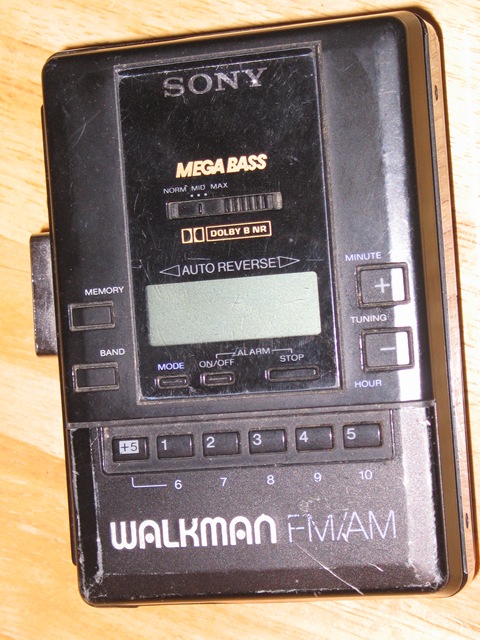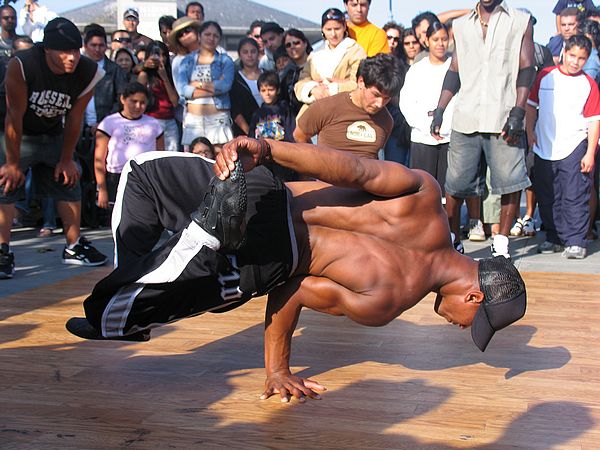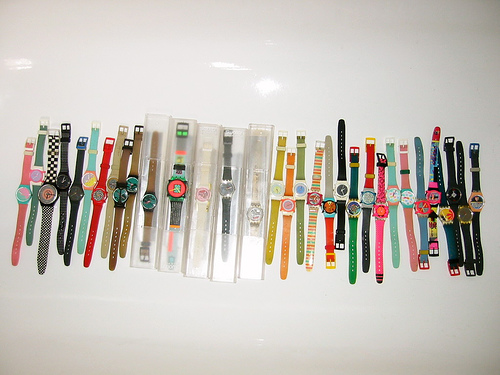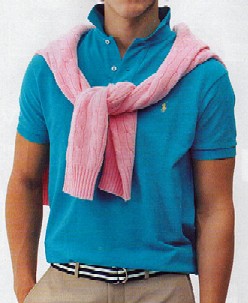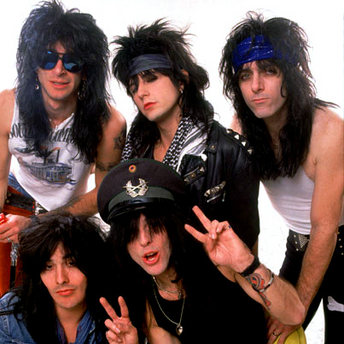Fads 1990-1999
 Monday, March 22, 2010 at 4:48PM
Monday, March 22, 2010 at 4:48PM 1990-1999
1. Grunge
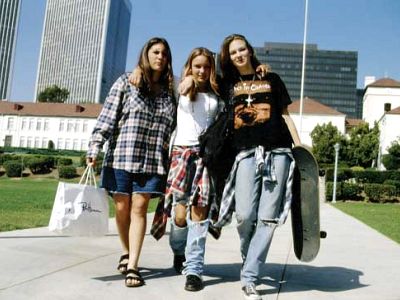 After the glitz and glamour of disco and the excess and pomp of hair bands, it was inevitable that the music pendulum would swing. That shift created grunge -- a genre of music categorized by dissonant harmony, lots of guitars, and cynical lyrics. Grunge was initially delivered by young men and women from the Pacific Northwest who dressed in flannel shirts and ripped jeans. Groups like Nirvana and Pearl Jam were the first to emerge on the scene around 1991, but when the indie scene exploded into the mainstream, groups like Soundgarden, Alice in Chains, and Stone Temple Pilots became household names.
After the glitz and glamour of disco and the excess and pomp of hair bands, it was inevitable that the music pendulum would swing. That shift created grunge -- a genre of music categorized by dissonant harmony, lots of guitars, and cynical lyrics. Grunge was initially delivered by young men and women from the Pacific Northwest who dressed in flannel shirts and ripped jeans. Groups like Nirvana and Pearl Jam were the first to emerge on the scene around 1991, but when the indie scene exploded into the mainstream, groups like Soundgarden, Alice in Chains, and Stone Temple Pilots became household names.
2. The Macarena
"Macarena," a catchy tune from Spanish group Los del Rio, became a worldwide phenomenon in 1996, smashing records by staying at number one on Billboard's Hot 100 chart for an astonishing 14 weeks. The jovial, bouncy tune (that repeats itself over and over and over again) had its own dance, making it two fads in one. The group remains popular in their home country, but once the Macarena had played itself out a year later, the song and the two men behind it were only a distant memory in America.
3. Hypercolor T-shirts
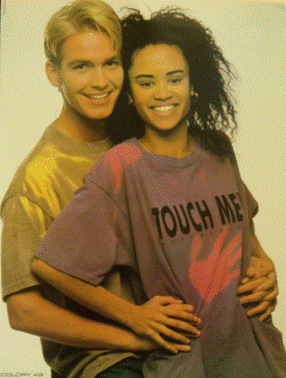 Clothing manufacturer Generra created these fad-ready T-shirts in the late '80s, but they really caught on in the '90s. The shirts were dipped in temperature-sensitive pigment, which meant that when heat was applied to the fabric, the color would change. Shirts would turn vague shades of blue, yellow, pink, and gray depending on the level of heat they received.
Clothing manufacturer Generra created these fad-ready T-shirts in the late '80s, but they really caught on in the '90s. The shirts were dipped in temperature-sensitive pigment, which meant that when heat was applied to the fabric, the color would change. Shirts would turn vague shades of blue, yellow, pink, and gray depending on the level of heat they received.
4. The Waif Look
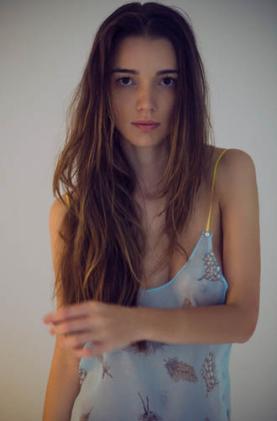 While they weren't exactly "full-figured," 1980s supermodels like Cindy Crawford were zaftig compared to the half-starved, heroin-chic look embodied by models like Kate Moss, who weighed in at barely 100 pounds. The super-skinny look was a worldwide trend in fashion and came with some serious backlash. Girls everywhere were literally starving to look like the women in the fashion magazines. The waif look garnered much criticism and controversy, but it only fueled the fire. Not until the 2000s did the pendulum begin to swing to the "real women are beautiful" direction -- in the 1990s, thin was definitely "in."
While they weren't exactly "full-figured," 1980s supermodels like Cindy Crawford were zaftig compared to the half-starved, heroin-chic look embodied by models like Kate Moss, who weighed in at barely 100 pounds. The super-skinny look was a worldwide trend in fashion and came with some serious backlash. Girls everywhere were literally starving to look like the women in the fashion magazines. The waif look garnered much criticism and controversy, but it only fueled the fire. Not until the 2000s did the pendulum begin to swing to the "real women are beautiful" direction -- in the 1990s, thin was definitely "in."
5. Tattoos and Piercing
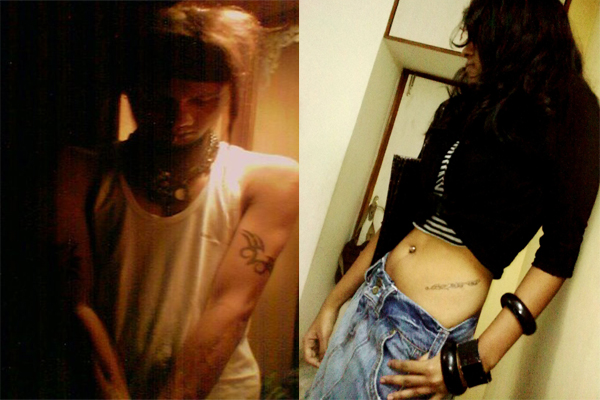 Human beings have many pierceable body parts: ears, noses, lips, tongues, eyebrows, and bellybuttons, just to name a few. In the last decade of the 20th century, no cartilage was safe from the needle of a piercing gun. If you had your fill of metal rings and studs, you could move on to some ink and round out your counterculture look. Both tattooing and piercing were all the rage in the 1990s and many people today have the tats and scars to prove it.
Human beings have many pierceable body parts: ears, noses, lips, tongues, eyebrows, and bellybuttons, just to name a few. In the last decade of the 20th century, no cartilage was safe from the needle of a piercing gun. If you had your fill of metal rings and studs, you could move on to some ink and round out your counterculture look. Both tattooing and piercing were all the rage in the 1990s and many people today have the tats and scars to prove it.
6. Hip-Hop Fashion
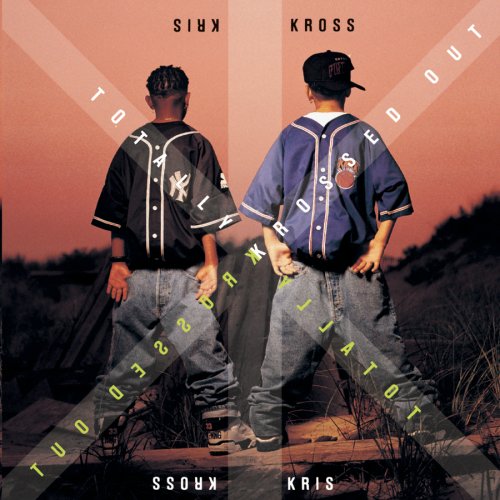 When hip-hop music became more mainstream in the early '90s, its fashion style became a trend as well. Rappers such as The Fresh Prince, Kid 'N Play, and Left Eye of TLC sparked a trend in wearing brightly colored, baggy clothing and baseball caps. Often the jeans were so baggy that they hung down several inches below the waist, making the question, "Boxers or briefs?" irrelevant. An offshoot of the hip-hop fashion was the fad of wearing clothes backwards, which was popularized by teen rappers Kris Kross
When hip-hop music became more mainstream in the early '90s, its fashion style became a trend as well. Rappers such as The Fresh Prince, Kid 'N Play, and Left Eye of TLC sparked a trend in wearing brightly colored, baggy clothing and baseball caps. Often the jeans were so baggy that they hung down several inches below the waist, making the question, "Boxers or briefs?" irrelevant. An offshoot of the hip-hop fashion was the fad of wearing clothes backwards, which was popularized by teen rappers Kris Kross
7. Price Tags
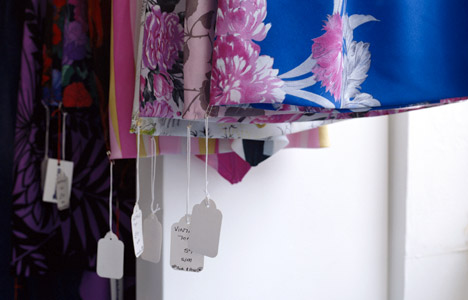 As hip-hop music gained major ground in the '90s, the luxury lifestyle of rap artists and hit makers was emulated by the masses. Rather than assume that everyone knew how much you spent on your hat, jeans, or shoes, teens took a more obvious route -- they just left the price tag on the clothes. (Minnie Pearl did it first)
As hip-hop music gained major ground in the '90s, the luxury lifestyle of rap artists and hit makers was emulated by the masses. Rather than assume that everyone knew how much you spent on your hat, jeans, or shoes, teens took a more obvious route -- they just left the price tag on the clothes. (Minnie Pearl did it first)
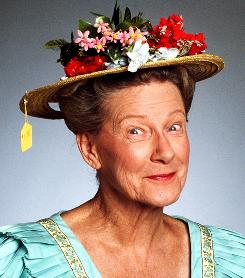
Viewer Question: What were your favorite 90's fads?
 Fads 1990-1999,
Fads 1990-1999,  Grunge,
Grunge,  Hip-Hop Fashion,
Hip-Hop Fashion,  Hypercolor,
Hypercolor,  Tattoos and Piercing,
Tattoos and Piercing,  Waif,
Waif,  bigmada
bigmada 
